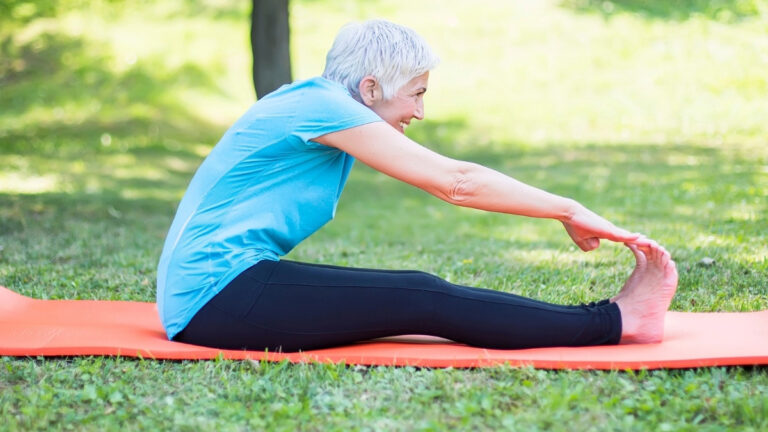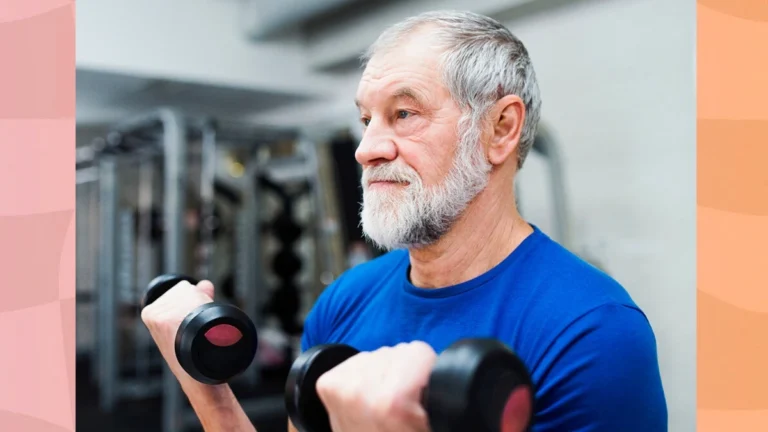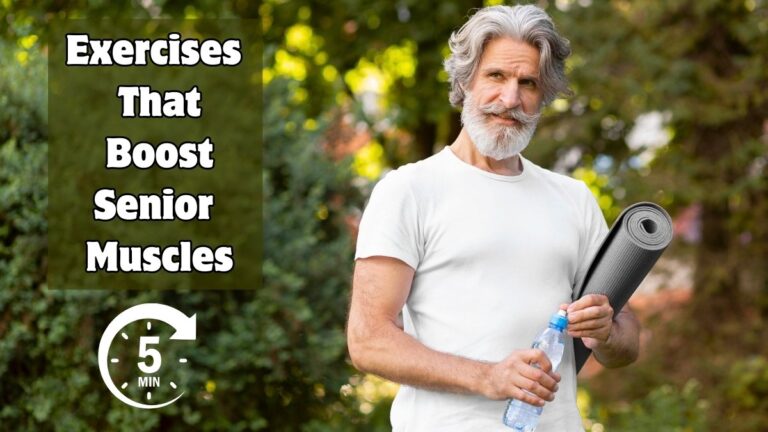Aging Backwards? Doctors Reveal the 3 Fitness Habits Destroying Your Health After 40!

Turning 40 shouldn’t mean your body starts falling apart, yet many people unknowingly follow fitness habits that accelerate aging instead of reversing it. That daily HIIT class? It might be shredding your joints. Those long runs without strength training? They could be weakening your bones. Even your stretching routine may be doing more harm than good. Doctors warn these common mistakes don’t just stall progress—they actively destroy health after 40.
The good news? Small tweaks can turn it all around. Science-backed strategies exist to rebuild strength, protect joints, and boost energy—without grinding yourself into the ground. If you’ve ever felt like your body isn’t responding the way it used to, keep reading. What you’re about to discover could change everything.
1. Overdoing High-Intensity Interval Training (HIIT) – Burning Out Instead of Building Up
After 40, excessive HIIT can overwhelm joints and spike cortisol (the stress hormone), leading to chronic inflammation, slower recovery, and even muscle breakdown.
Unlike in your 20s, your body struggles to repair micro-tears from intense bursts, accelerating wear on knees, hips, and shoulders. Studies show more than 3 HIIT sessions weekly may harm heart health in midlife. Balance is key—your body needs intensity and repair time.
Fix It:
✔ Limit HIIT to 1–2x/week – Swap extra sessions for low-impact cardio (swimming, walking).
✔ Prioritize post-workout recovery – Foam roll, hydrate, and sleep 7–9 hours to lower cortisol.
✔ Try “modified HIIT” – Extend rest intervals (e.g., 30 sec sprint, 90 sec walk) to reduce joint strain.
2. Skipping Strength Training – The Muscle Loss Trap
After 40, you lose 3–8% of muscle mass per decade (sarcopenia), slowing metabolism and increasing injury risk. Cardio alone won’t stop this—resistance training triggers muscle protein synthesis, preserving strength and bone density.

Weak muscles also strain joints, leading to back pain and falls. A 2023 Journal of Aging study found lifters had younger biological markers than cardio-only peers.
Fix It:
✔ Lift 2–3x/week – Focus on compound moves (squats, deadlifts) using moderate weights.
✔ Prioritize protein – Aim for 1.6g/kg of body weight daily (e.g., 100g for a 150lb person).
✔ Progressive overload – Gradually increase weight/reps to avoid plateaus safely.
3. Stretching? Only If It’s “Functional” Mobility Work
Static stretching (holding a pose) post-40 often reduces performance and fails to prevent injuries. Instead, dynamic mobility drills (leg swings, thoracic rotations) prep muscles for movement and improve joint range.
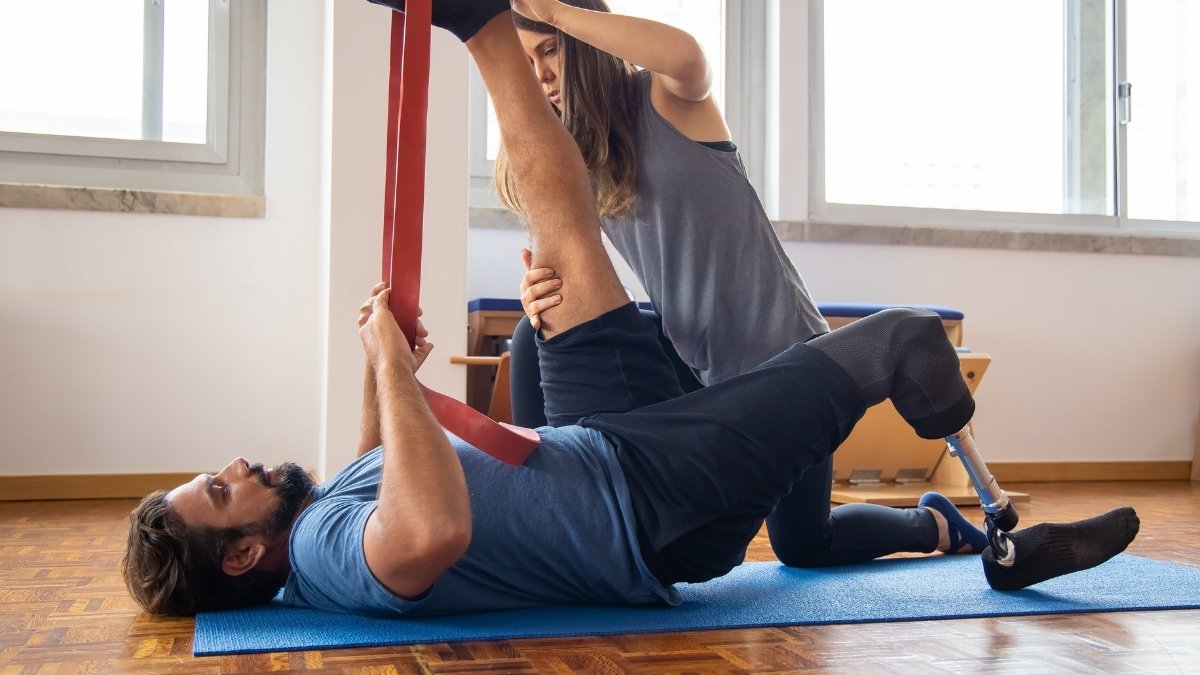
Tight hips/shoulders from sitting? Static stretches post-workout help, but active mobility (yoga flows, resistance-band work) boosts daily function.
Fix It:
✔ Warm up dynamically – Try inchworms, hip circles, or arm swings before workouts.
✔ Add 5–10 mins of mobility daily – Focus on ankles, hips, and thoracic spine.
✔ Use PNF stretching – Contract-relax techniques improve flexibility faster than static holds.
4. The Cardio-Only Myth – Why Endurance Isn’t Enough
Excessive running/cycling without strength training weakens bones (raising osteoporosis risk) and imbalances muscles, leading to knee/hip pain.

A Mayo Clinic study found endurance athletes over 40 had higher arthritis rates than those who cross-trained. Cardio burns calories but doesn’t build the lean mass needed to sustain metabolism long-term.
Fix It:
✔ Follow the 80/20 rule – 80% moderate cardio (brisk walking), 20% intensity.
✔ Add 2 strength sessions weekly – Bodyweight counts (push-ups, lunges).
✔ Try low-impact cardio – Rowing or elliptical protects joints while boosting endurance.
5. Ignoring Recovery – The Silent Health Killer
After 40, recovery isn’t optional—it’s essential. Your body produces less human growth hormone (HGH) and testosterone, slowing tissue repair. Skipping rest days or skimping on sleep elevates cortisol, which breaks down muscle and increases fat storage, especially around the abdomen.

Chronic inflammation from poor recovery also raises injury risks and accelerates joint degeneration. Studies show muscles need 48–72 hours to rebuild post-workout at this age, compared to 24–48 hours in your 20s. Active recovery (walking, yoga) boosts circulation without strain, while sleep is when 90% of muscle repair occurs. Ignoring recovery undermines every other fitness effort.
Fix It:
✔ Schedule 2–3 rest days weekly – Alternate intense workouts with low-impact movement (e.g., swimming or walking).
✔ Prioritize 7–9 hours of sleep – Deep sleep triggers muscle repair and hormone regulation.
✔ Try contrast therapy – Alternate ice baths (1 min) with warm showers (2 mins) to reduce inflammation.
6. Poor Form & Ego Lifting – Fast-Tracking Injuries
Heavy lifting with improper form after 40 is a shortcut to herniated discs, torn rotator cuffs, and knee replacements. Ego lifting—using weights too heavy for controlled movement—overloads joints without engaging muscles effectively.
The spine is especially vulnerable; rounding the back during deadlifts or squats increases disc pressure by 300%, per biomechanics research. Tendons and ligaments also lose elasticity with age, making them prone to tears. Even “safe” lifts like bench presses can wreck shoulders if elbows flare out. Focus on time under tension with moderate weights to build strength safely.
Fix It:
✔ Master form first – Film your lifts or hire a trainer to correct alignment.
✔ Use the 2-second rule – Lift for 2 seconds, pause, lower for 3 seconds to maximize muscle engagement.
✔ Swap risky moves – Replace upright rows with lateral raises to protect shoulders.
7. Underestimating Protein Needs – The Aging Muscle Crisis
After 40, your body becomes 50% less efficient at using protein to build muscle (anabolic resistance). The RDA (0.8g/kg) is woefully inadequate—research in Frontiers in Nutrition recommends 1.6–2.2g/kg to combat sarcopenia.
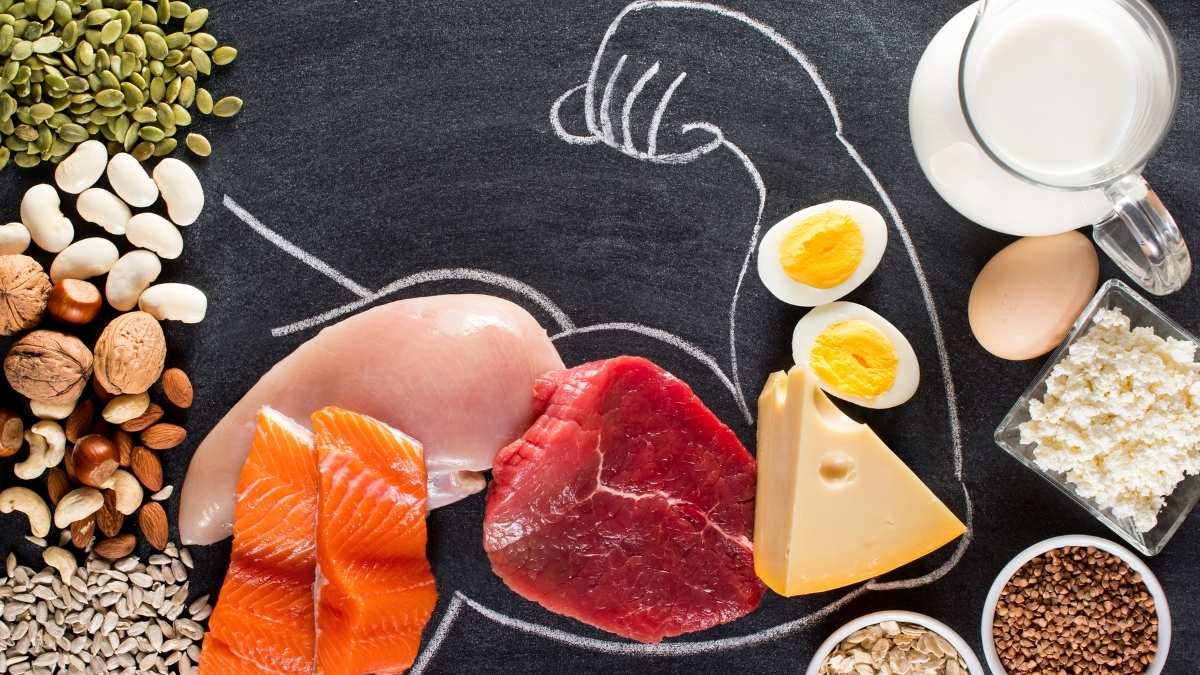
Low protein intake also weakens immunity, slows injury recovery, and destabilizes blood sugar. Plant-based eaters are at higher risk unless combining proteins (e.g., rice + beans). Spread intake evenly: 30–40g per meal triggers muscle synthesis better than one large dose.
Fix It:
✔ Eat protein every 3–4 hours – Greek yogurt, eggs, or whey post-workout.
✔ Prioritize leucine-rich foods – Chicken, salmon, lentils (leucine triggers muscle growth).
✔ Consider collagen peptides – Supports tendons/joints (add to coffee or smoothies).
8. Dehydration & Electrolyte Neglect – More Than Just Water
Aging reduces thirst signals, yet your body’s water content drops, making dehydration a stealthy culprit behind joint pain, fatigue, and even arrhythmias. Electrolytes (sodium, potassium, magnesium) are critical—low levels cause cramps, dizziness, and poor recovery.
Chronic dehydration thickens blood, straining the heart and reducing cartilage lubrication (hello, stiff knees!). The American Journal of Clinical Nutrition found adults over 40 need 30–35ml/kg of water daily (e.g., 3L for a 180lb person).
Fix It:
✔ Drink 16oz water upon waking – Overnight dehydration is worst after 40.
✔ Add electrolytes to workouts – Try coconut water or sugar-free tablets.
✔ Eat hydrating foods – Cucumber, watermelon, and celery boost fluid intake.
9. Mindset Mistakes – Pushing Like You’re 25
Comparing your 40+ body to your younger self leads to torn muscles, burnout, and frustration. Tendons take twice as long to heal now, and max heart rate declines yearly. Overtraining syndrome—exhaustion, insomnia, irritability—is common in midlife athletes refusing to adapt.
Instead of chasing PRs, focus on longevity metrics: mobility, balance, and consistency. A British Journal of Sports Medicine study found masters athletes who trained smarter (not harder) had lower injury rates and better performance.
Fix It:
✔ Follow the 10% rule – Never increase workout intensity/volume by more than 10% weekly.
✔ Embrace “good enough” workouts – Some days, a 20-min walk beats an hour of HIIT.
✔ Track biomarkers – Monitor resting heart rate and sleep quality to avoid overtraining.
General Tips:
- Limit HIIT to 1–2x/week to avoid joint stress and cortisol spikes.
- Lift weights 2–3x/week to fight muscle loss and boost metabolism.
- Swap static stretching for dynamic mobility drills to improve flexibility safely.
- Balance cardio with strength training to protect bones and joints.
- Prioritize sleep and active recovery to speed up muscle repair.
- Master proper form first—never sacrifice technique for heavier lifts.
- Eat 1.6–2.2g of protein per kg of body weight daily to combat muscle loss.
- Hydrate with electrolytes—not just water—to support joints and energy.
- Train smarter, not harder—adjust intensity to match your age and recovery.
Final Thought:
What if the very workouts you believe are keeping you young are actually speeding up aging? After 40, fitness isn’t about pushing harder—it’s about working smarter. Ditch the outdated routines, listen to your body, and embrace science-backed habits that build strength, mobility, and longevity. The secret? Stop exercising like you’re 25 and start training like you plan to thrive at 85. Your future self will thank you. Ready to turn back the clock? It starts with letting go of these 3 toxic fitness myths—before they let go of your health.

